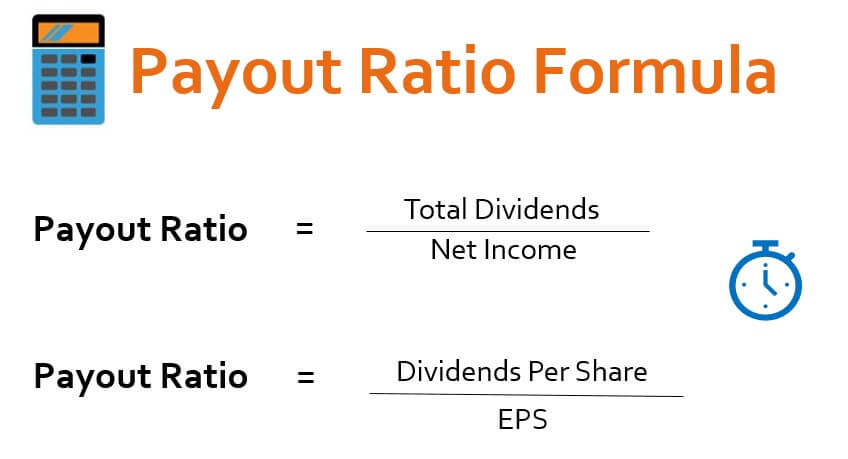When looking for a casino with best paying online pokies, two terms are of particular importance. Software developers specify the variance in their games in addition to the RTP. In practice, the two terms are often mistakenly used synonymously.
Return to Player (RTP)
The term Return to Player corresponds to the payout rate of a game. The manufacturers use this value to indicate what percentage of the stakes are paid out to the players on average.
Assuming that the RTP of a slot is given as 97 percent, this means that on average 97 euros are paid out from a 100 euro bet.
This is an estimated value. With each round played, the actual RTP approaches the theoretical one.
Variance and Volatility
The variance, unlike the payout rate, is not given a fixed value. It is simply referred to as low, medium or high volatility. This refers to the range of fluctuation in the payout of winnings.
In a high variance slot, there are longer pauses between payouts. In return, the winnings are higher. Low variance slots pay out smaller amounts more often.
The highest payout online casino in theory and practice
If you play on machines with a high variance, you have to expect longer streaks of bad luck. Therefore, a larger balance should be available and the stakes adjusted accordingly.
It should also be noted that there are significant differences between the theoretical values of the manufacturers and the winnings in practice. The stated payout rate is based on about 10,000 spins. Thus, anyone who only spins about 100 spins on a slot will rarely reach the stated RTP.
Players who are looking for high chances of winning should still pay attention to the stated values when choosing their games. This applies to both the payout rate and the variance.
What is the house advantage all about?
The house advantage is another term that is always used to determine the odds of winning. It is always the equivalent of the payout rate and indicates the casino’s winning margin.
Thus, for a slot with 97 percent RTP, about 3 cents of every euro goes to the casino. With the house advantage, the casinos have to cover their current expenses such as salaries, rent or license fees of the games. Since online casinos have significantly lower costs compared to land-based gaming halls, the payout ratio is correspondingly higher.
Online casinos vs. land-based gaming halls
At good online casinos, the house advantage is on average about 5 percent. Thus, 95 percent of the stakes flow back to the players. If you take a look at local gaming arcades and gambling halls, things look significantly different. The payout rate for stationary slot machines is usually just over 60 percent. Those who are looking for high chances of winning should therefore prefer the best paying Australian online casino.
Reasons for the lower house advantage at online casinos:
- Lower costs
- Higher turnover
- Fewer staff required
- Larger customer base
- High competition
Can the house advantage be reduced?
With slot machines, the house advantage cannot be reduced. The RTP values are set by the developers and the casinos have no influence on this.
With table games, the situation is somewhat different, as it also depends on the skill of the player. This is especially true for playing in a live casino. At blackjack tables, in addition to the number of decks of cards, attention should be paid to the game variation. The more decks of cards there are, the more difficult it is to estimate the course of the game.
Rewarding are tables where the “Soft 17” rule is applied. In this case, the dealer must choose the “Stand” move if he has a “Soft 17” in his hand. This gives the player a small advantage.
To keep the house advantage as small as possible, it is advisable to avoid side bets. Although these sound attractive, players rarely win them.
Casino games with multiple betting options are usually characterized by a lower house advantage. This applies to roulette or craps, for example. In return, there is a greater risk of choosing an option with a lower payout.





Be First to Comment